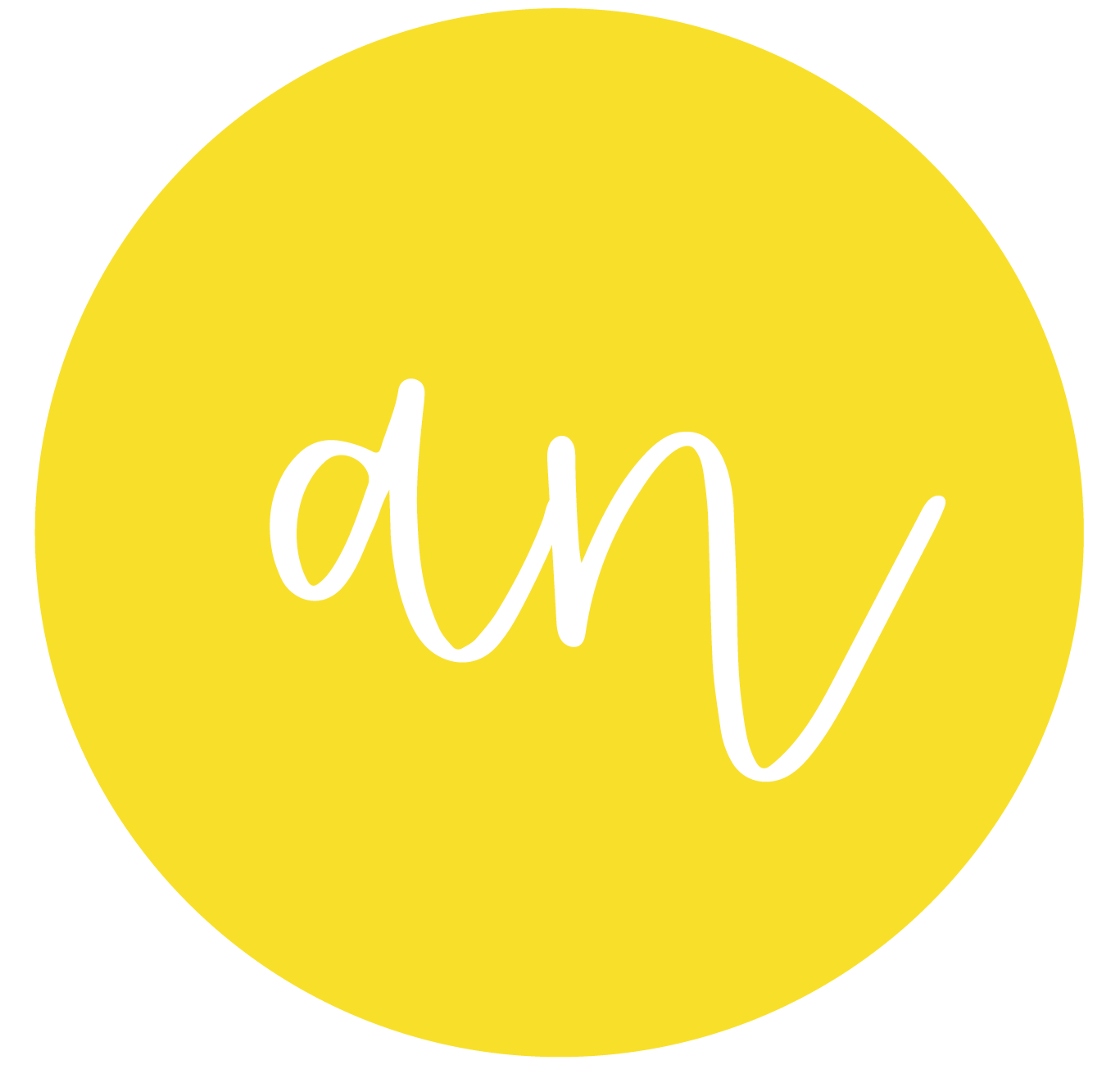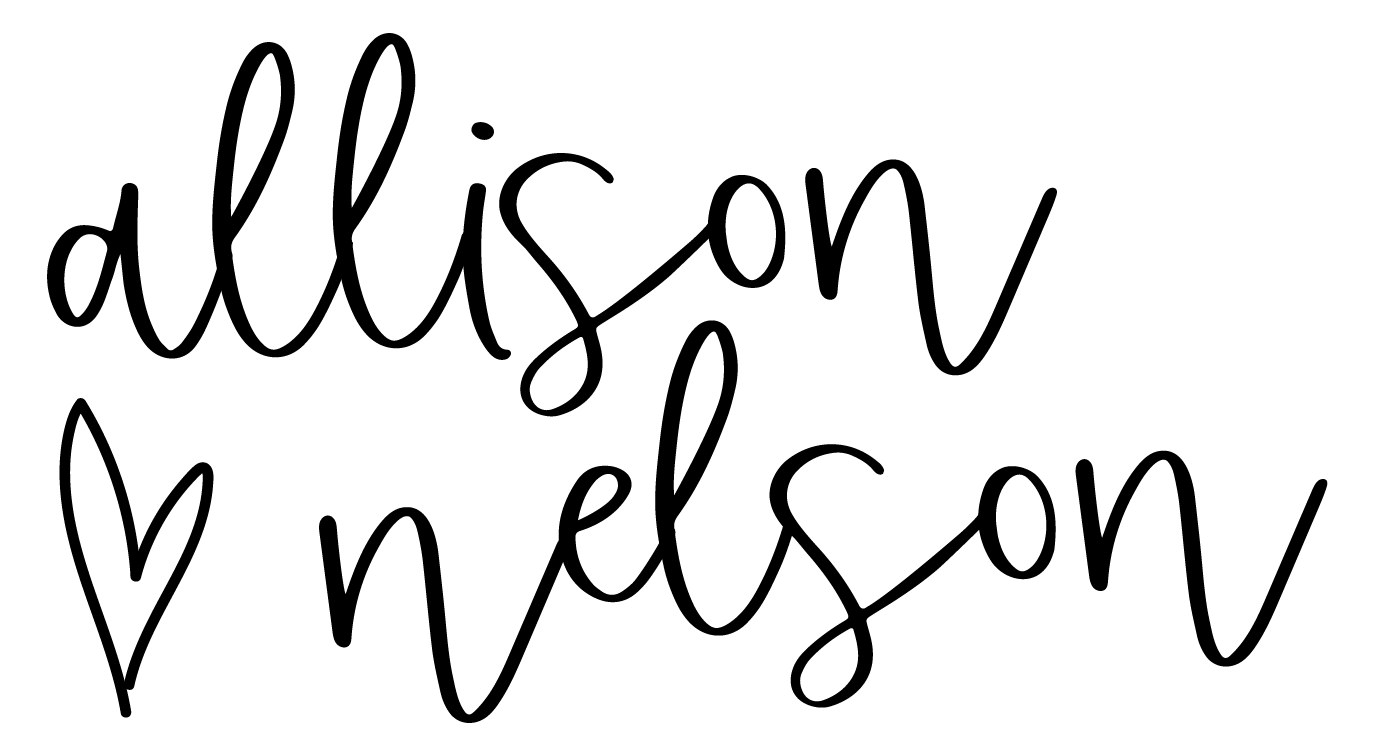135: 3 Ways to Make Your Modules Better In Your Group Coaching Program
Apple Podcasts | Google Podcasts | Spotify | Stitcher
Welcome back! Today we are diving into the education portion of your program. This looks like modules, worksheets, mini courses, anything that is self-directed learning and that you have created for the clients to absorb while in your program.
Raise your hand (virtually of course) if you’ve ever been in a program where you’ve watched the modules and then you’re not sure what to do afterwards - you have a lot of notes, some ideas, but you aren’t sure how to take action. Keep that hand raised if you’ve ever been in a program and never finished the modules.
Both of these things happen more often than we think and if they’ve happened to you, it’s happening for your clients too, so today we are going to talk about 3 ways to make your modules more effective for your clients.
This is important because you spend a LOT of time on these, and a lot of time updating them (hopefully!). There is a lot of time and effort, and sometimes money, rolled up into making these pieces of education. You want your clients watch them and apply them!
3 ways you can apply adult education to your online program
My goal for this episode is to give you three ways you can apply adult learning theory to your education in your program. Adult learning theory has many components. I narrowed it down to the 3 most popular for online programs so you can master these first.
Group coaching programs teach your clients how to make decisions for themselves
The first one we are going to talk about is self direction. Self direction is really important to teach to your clients, because the ability to make decisions, assess them, and basically learn the way they need to learn is crucial for change.
They need to be able to learn at a pace that they find for themselves.
Here’s how you can infuse this into your education materials
Self-assessment
clear action steps
roadmap for your modules
Self assessment: allow for your clients to assess themselves on a module before they watch it, and then allow them to assess themselves after they’ve taken it. This will help them realize where they are on something before they even watch it (they might be surprised!). It will also help them to understand where they are now - what they understood, what they aren’t quite clear on, and what they might need (more time, practice, another way to explain it) in order to fully grasp the concept.
Clear action steps: sometimes after a module is over, or an exercise is over, the client doesn’t know what to do with that information. That can be particularly frustrating when they got something out of the learning. You’ll want to make sure they know exactly what to do after. A lot of times we forget this, because we just think it’s obvious or we’ve moved on to the next step in the process. Just like a call to action in your marketing, you need to be clear about what’s next.
I can’t tell you how many times I would have clients say “I watched X module, now what? Do I tell you I did it?” and it’s like no, I don’t need you to hand in homework or anything to prove you did it so you can get a gold star! I want you to apply it. So we need to show them exactly what we want them to do.
Roadmap: this is a great tool to have all your modules talk to each other, but also as a lifeline back to you. Roadmaps can look any way you want them to - I suggest you have so much fun with creating it! But find a way to address common objections to getting through the materials.
If they are stuck, what can they do? If they are overwhelmed, what can they do? If they have less time than they thought they did to work on this, what can they do to still move forward?
Over time, I’ve added all of these tools into Fast Track. I can tell you that I got to be a much better coach and got my clients results faster when they shared their self-assessments with me because then the 1:1 time we did have, I could get to the heart of things really fast.
The roadmap was easily a favorite inside the program. I have “how to grow your business in 10 min each day” on the roadmap because a common objection was that my clients didn’t have time. I certainly didn’t want to stand in their way by making them watch a 20 min module 3x to get it right.
Group coaching clients learn from experiences
This one is probably the most important one for adults. Building in as many experiences as possible for your clients to apply the knowledge and new thoughts they are adopting. Experiences are how adults learn to participate, physically, in the world around them.
Sometimes in a group program, you’re almost sheltered. For however long the program is, you have been in this bubble. When the program is over, a lot of clients feel like “oh wait, I have to live like this now.” With all this newfound knowledge, and tools, they haven’t been taken for a spin all that much.
Your clients aren’t just coming out of prison so there is no reason not to let them loose a bit, come back and explore how it went.
By the way: If you are getting the feedback that your clients loved the program but now it’s time to try it on their own and they don’t want to resign, that means they felt cared for and held in the program, but they also didn’t get enough experience time.
In order to get your re-sign rate up so you can scale your coaching business, this is something you’ll need to shift.
There are two main ways to shift this:
Challenges
Debriefing
Challenges: these are ways you can make the themes of the group or the modules come to life. I will caution you to make sure this isn’t a heavy lift or kind of outside of what you’re teaching. This is a great way to get the clients to root for each other, even collaborate depending on the type of program you have. Get creative and fun with this - but don’t go crazy with how many hoops clients have to jump through! Really think about what you want them to get out of this entire program, what you’d be happy with if they just mastered this ONE thing, and build a challenge around that.
Debriefing: this is actually a really popular coaching tool, but never really gets used as much as it should. Debriefing is exactly as it sounds - it’s breaking down an experience and learning from it. You might ask things like: what went well, what needed improvement, what was your process like and how did it feel, etc.
I make sure my group clients debrief every single time - good or bad. In online business, it’s a little like the entertainment industry - one day you’re hot, the next day you’re old news. A post goes viral, the next day it’s crickets. So it’s really important to debrief what worked and what didn’t - even if something went well.
Story time: I had a client recently who signed someone into her highest package. We celebrated by debriefing! When I originally asked her how the client came to her, she told me it was through a local FB group. But when we actually did the debriefing, she figured out that the person who hired her got a referral from someone else. So yes, she was in the FB group and the lesson could be: post more in the FB group and know that’s a place to get clients. But it wasn’t the full story, and now she can shift her process to accommodate what she knows to be true. And actually, upon closer debriefing, we worked on why this client converted after word of mouth vs. content.
Use group coaching programs to help your clients shift their belief
The last piece from adult learning theory that we’ll talk about today is reframing, which is perspective and belief shifting. One of the hardest things about what we do is helping our clients shift their beliefs.
Adults just work this way because if they can’t see it, if there’s no evidence, then it can’t happen.
I have a friend like this - she ends up being kind of negative a lot of the time and as a coach, I can see that it’s always around things that have yet to happen. It’s because she feels like if there’s no evidence, it just can’t be, so there’s no use in doing anything about it.
With our clients, this could be the case - whether they are working on their health, their wealth or their relationships. There will be a piece of them that’s being held back because of a belief they have.
Helping your clients learn how to reframe is going to be one of the best things you can do for them. Challenging their thoughts is one way to do this, and that requires active listening. Facilitating this support so that your group clients can work together on challenging thoughts of a group member, and then on the other side, doing work around believing the new thought that the client comes up with.
Infuse adult learning theory into your group coaching program with just a few simple shifts
I would love to hear what your biggest takeaway from this episode was! DM me on IG @theallisonnelson so we can chat about it - I am so open to hearing your thoughts on whether group coaching is effective for your clients or not!
To get this all down for your group program in a done-with-you 60 minutes, you can message me about booking a Money Maker session by messaging me on IG @theallisonnelson, or email me at allison@allison-nelson.com.
>> I want a results-driven group program that increases my profits by getting better results for my clients and doesn’t burn me out as the coach!
Download your FREE Workbook - From 1:1 to Group: Create a Successful Coaching Program in 3 Steps
Grow Your Group Program From The Inside Out
If your group program is up and running, but you know you could acquire some new skills in how to run your group calls better, how to train your clients better, or how to make your program more profitable, this is a 4-week group program that would be perfect for you. I am accepting applications now, and we start in May with a kick-off call in April.
CONNECT WITH ALLISON:
Book a FREE Get Your Group On 20 minute strategy call!
Join my FREE Masterclass, Why Most Group Coaching Programs Don’t Get Results (And How To Fix It This Year)


